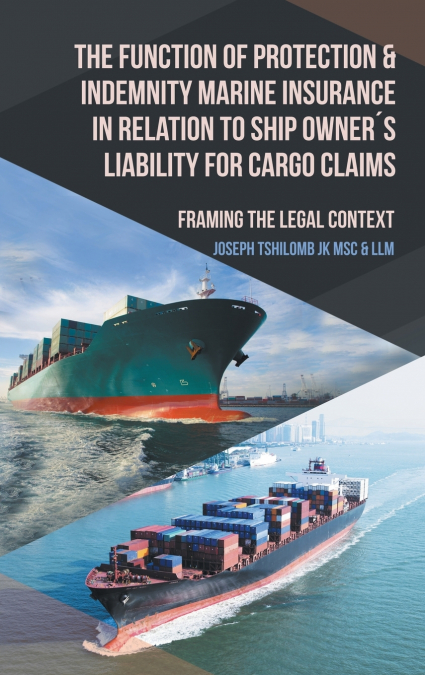
Joseph Tshilomb JK MSc & LLM
In the early days of shipping and international maritime trade many more casualties occurred at sea. Ever since, ship owner’s liability for cargo claims has been increasing both in number and in cost in spite of the huge technical development in international maritime transport.In order to make it easier for ship owners to operate safely and efficiently the Protection and Indemnity appeared around 1870 as mutual marine insurance. Besides Hull & Machinery and Cargo Insurance offered on the international commercial market in insurance, Protection and Indemnity Insurance (known under the acronym 'P&I') is a ship owner´s insurance cover for legal liabilities to third parties. This cover is generally achieved by entering the ship in a mutual insurance club. Nowadays, the mutuality is performed by an underwriter who endeavors to see that each owner carries his fair share of the risk. The members of P&I clubs are ship owners, charterers or ship management companies. At present, a major function of the Protection and Indemnity insurance is to cover the ship owner for legal and contractual liability for loss of cargo or damage to cargo if there has been a breach of the carriage contract. This liability is called 'Third party liability.'The ship owner will handover the cargo claim to his P&I Club.In order to clarify this liability, Article 3, Paragraph 2 of the Hague Visby rules stipulates:'Subject to the provisions of Article 4... the carrier shall properly and carefully load, handle, stow, carry, keep, care for and discharge the goods carried.'Therefore, the focus in this research study is placed on the function of Protection and Indemnity insurance covering the ship owner´s liability for damage to cargo or loss of cargo.